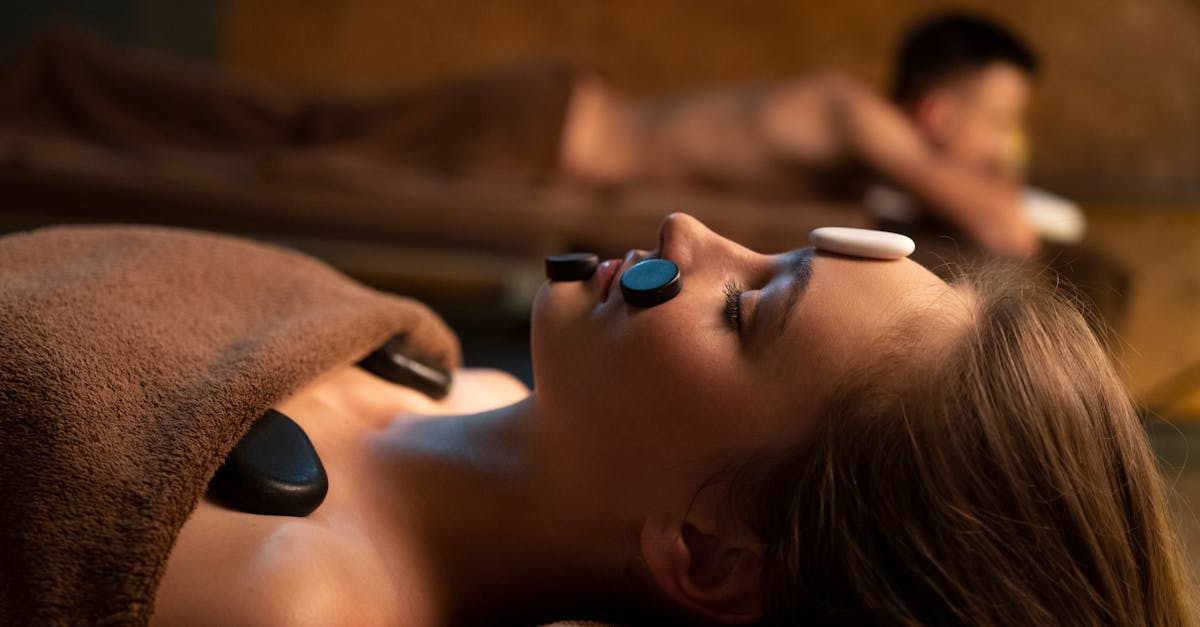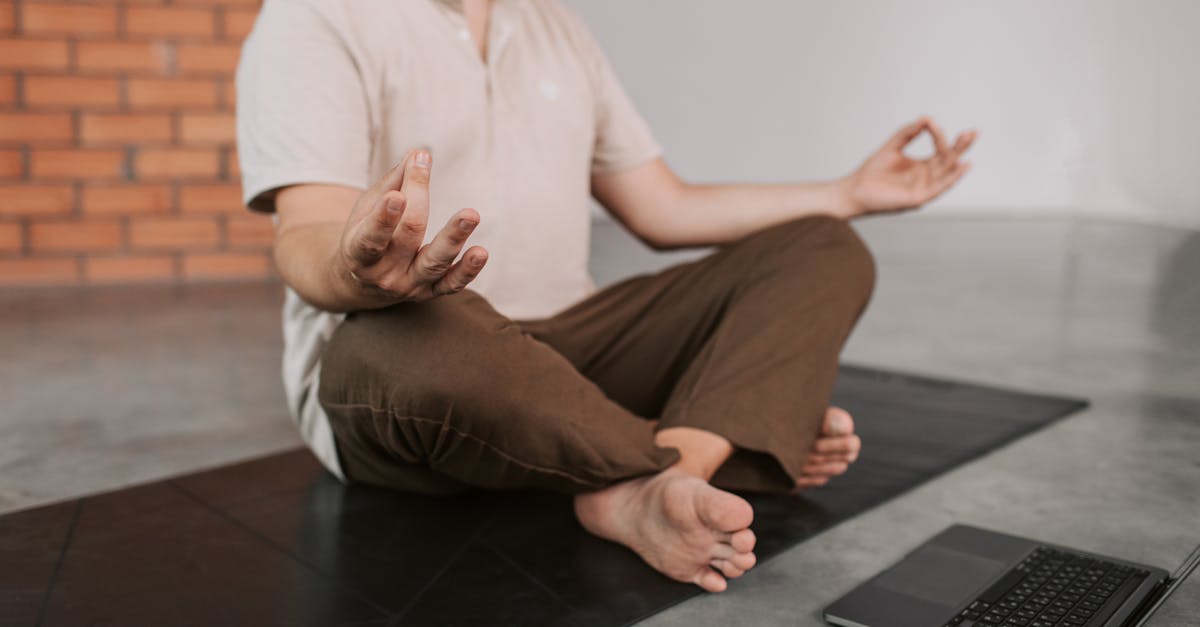In a constantly evolving professional environment, executives often find themselves under pressure, which can lead to significant stress. To face these challenges effectively, it is essential to adopt appropriate relaxation methods. These techniques, ranging from meditation to yoga, provide valuable tools for developing better stress management. Through regular practice, executives can improve their concentration, enhance their creativity, and strengthen their ability to make sound decisions. Let’s explore these methods together that can transform leaders’ daily lives.

Relaxation Methods for Executives
In the ruthless world of entrepreneurship, where challenges pile up and stress can become overwhelming, relaxation methods prove to be true allies for executives. These techniques not only help manage pressure effectively but also enhance work capabilities and decision-making. Meditation, yoga, conscious breathing, and other similar practices are valuable tools for strengthening resilience in the face of daily challenges.
The first effective method is undoubtedly mindfulness meditation. This approach encourages total focus on the present moment, thus distancing intrusive thoughts and stress. By concentrating on breathing or bodily sensations, the executive can develop a better self-awareness, allowing them to manage their emotions more calmly and improve their public speaking. Therefore, this type of meditation not only impacts mental well-being but also professional performance.
Yoga is another highly regarded relaxation method among executives. By integrating physical postures, yoga works on both the body and the mind. It promotes blood circulation, improves flexibility, and helps relieve accumulated tension. Moreover, accompanying breathing exercises activate the parasympathetic system, creating a state of calm and relaxation. For optimal results, it is advisable to establish a regular yoga routine, whether practiced in a group or individually.
Alongside these practices, breathing techniques play a fundamental role in stress management. Simple exercises, such as abdominal breathing or the 4-7-8 breathing technique (inhaling for 4 seconds, holding the breath for 7 seconds, and exhaling for 8 seconds), can have an immediate impact on an executive’s stress levels. By doing so, it is possible to mitigate physical and emotional reactions in tense situations, allowing for better clarity of mind and sharper judgment.
Other relaxation tools include sophrology and positive visualization. Sophrology offers techniques inspired by meditation, combining physical and mental relaxation. It helps develop positive attitudes towards everyday challenges. On the other hand, positive visualization enables executives to imagine their future successes, thereby consolidating their confidence and motivation.
Finally, it is essential to integrate these methods into a holistic approach to stress management. Regular relaxation moments, a balance between professional and personal life, as well as a strong support network, are crucial. Taking breaks to chat with friends, engaging in sports activities, or immersing oneself in various hobbies are all elements that promote sustainable well-being. The application of these relaxation methods in an executive’s daily life goes beyond a mere quest for serenity; it is part of a proactive approach aimed at optimizing not only their mental health but also their professional performance. By integrating these practices into their schedule, executives become more equipped to face complex situations and lead their teams with confidence.

FAQ on Relaxation Methods for Executives
What are the main relaxation methods for executives? Executives can benefit from techniques such as meditation, yoga, deep breathing, and sophrology. These methods help manage stress and improve overall well-being.
How can meditation help executives? Meditation allows for letting go, refocusing, and improving concentration. It also helps manage stress better and prepare for situations such as public speaking.
What are the benefits of yoga for an executive? Yoga helps release physical and mental tension, thus promoting relaxation. It also improves concentration, balance, and emotional well-being.
How does breathing help reduce stress? Deep breathing exercises activate the parasympathetic system, which helps calm the body and mind, thereby reducing stress reactions.
What social activities can help relax? Spending time with friends, playing games, or simply relaxing with loved ones can offer valuable breaks in a busy schedule.
What techniques can be used quickly in the office? Quick relaxation techniques, such as breathing exercises or meditative breaks, can easily be integrated into executives’ daily routines.
Is it necessary to take a course to practice these methods? While following a course is not mandatory, it can be beneficial to acquire good practices and deepen knowledge of various relaxation methods.
What is the key to successfully integrating these methods into daily life? Regularity and discipline are essential. Even a few minutes of meditation or yoga each day can have a significant positive impact.
Are these relaxation methods suitable for all executives? Yes, these techniques are generally beneficial, regardless of the industry, as they help improve stress management and enhance professional well-being.











